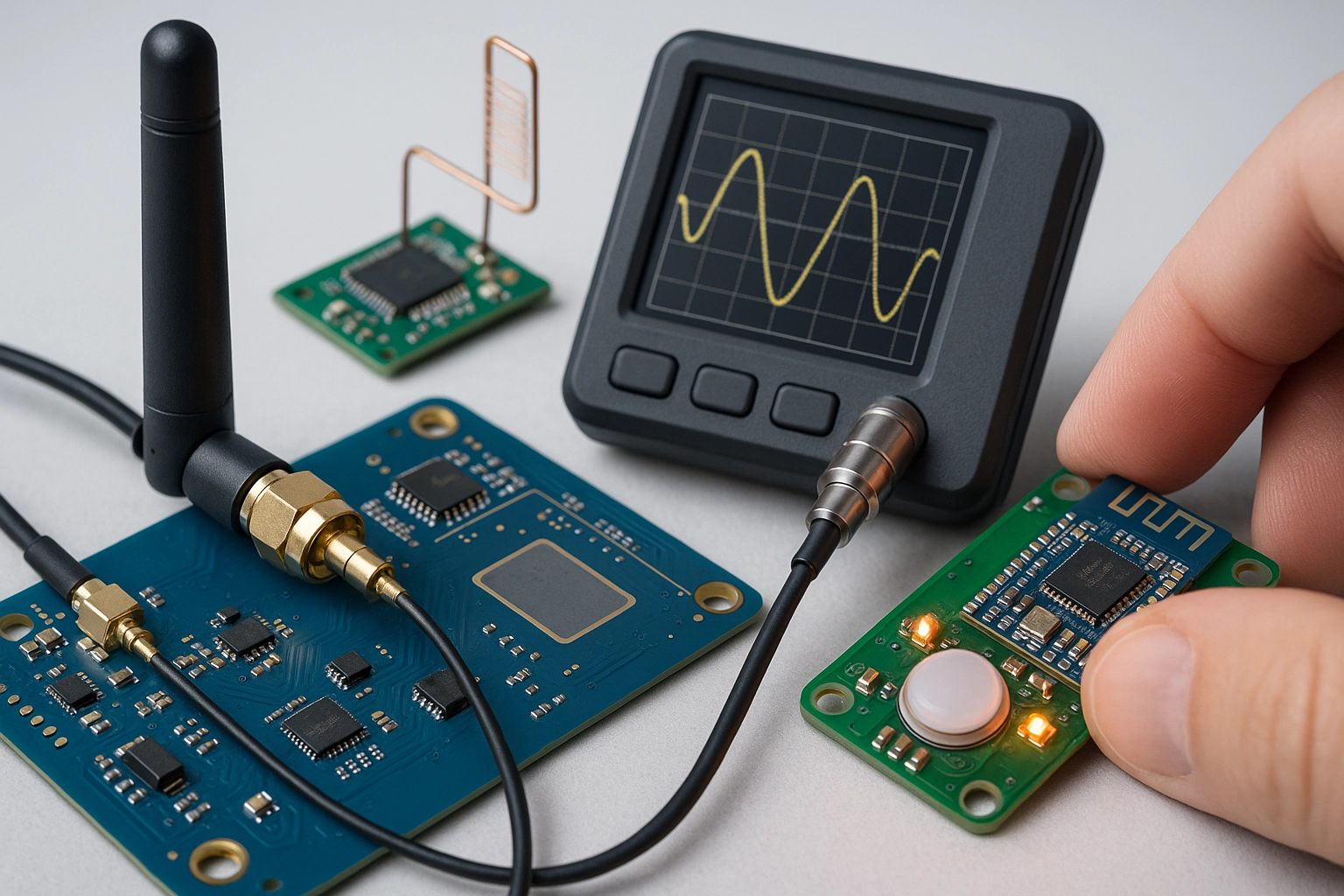3GPP TS 23 287 Vehicle to Network Wireless Performance Test
The 3GPP TS 23.287 specification outlines a suite of tests designed to evaluate the performance of vehicle-to-network (V2N) communication systems, which are crucial for enhancing safety and efficiency in modern automotive applications. This test ensures that vehicles can communicate effectively with network infrastructure under various environmental conditions. Compliance with this standard is essential for manufacturers aiming to meet regulatory requirements and ensure reliable connectivity.
The scope of the 3GPP TS 23.287 Vehicle to Network Wireless Performance Test encompasses a range of scenarios, including urban environments with dense networks, rural areas with fewer available network nodes, and dynamic traffic situations where vehicle speeds change frequently. These tests are conducted using real-world conditions as much as possible, incorporating variables such as signal strength, interference levels, latency, and data throughput rates.
During the test setup, vehicles equipped with V2N communication systems are positioned in controlled environments that simulate different types of road networks. This includes urban settings with high traffic density and rural locations where fewer network nodes may be present. The testing apparatus typically consists of a combination of over-the-air (OTA) test equipment capable of simulating the required environmental conditions, along with software tools to monitor performance metrics.
The acceptance criteria for this test are stringent, focusing on ensuring that vehicles can maintain reliable communication with network infrastructure even under challenging conditions. Key performance indicators include signal quality metrics such as Signal-to-Noise Ratio (SNR), Bit Error Rate (BER), and packet loss rates. Additionally, the latency between sending a message from the vehicle and receiving a response at the network node is measured to ensure real-time communication capabilities.
In practical application, this test is vital for automotive manufacturers who are developing connected car technologies. By ensuring that their vehicles meet the rigorous standards set forth by 3GPP TS 23.287, these manufacturers can enhance user experience and provide safer driving environments. This is particularly important given the increasing adoption of autonomous driving features which heavily rely on robust V2N communication systems.
The test procedure involves deploying vehicles in various scenarios to gather data that will be analyzed against predefined thresholds defined by the standard. The results are then used to identify any areas where improvements are needed, either in terms of hardware design or software optimization. This iterative process helps manufacturers refine their products until they consistently meet or exceed the requirements specified by 3GPP TS 23.287.
For quality managers and compliance officers responsible for overseeing these processes, understanding the nuances of this test is critical. It allows them to make informed decisions about resource allocation and ensure that all necessary steps are taken during product development cycles to comply with relevant regulations and industry best practices. Furthermore, R&D engineers involved in creating advanced automotive systems must have a solid grasp of how 3GPP TS 23.287 impacts their work. They need to consider factors like antenna placement within the vehicle chassis, power consumption levels for V2N components, and integration with existing communication protocols.
From an engineering perspective, meeting these standards also necessitates careful consideration of electromagnetic compatibility (EMC) issues that could arise from multiple wireless devices operating simultaneously within close proximity. Ensuring proper shielding techniques are applied correctly throughout the vehicle bodywork is essential to prevent interference between different systems while maintaining optimal signal quality.
For procurement professionals looking into sourcing components for V2N applications, it’s important to specify compliance with 3GPP TS 23.287 early in the bidding process so suppliers understand exactly what is required from them. This ensures that purchased parts are not only high quality but also capable of performing reliably under all expected operating conditions.
In summary, adhering to 3GPP TS 23.287 provides numerous benefits for automotive manufacturers by helping them produce safer and more efficient vehicles with superior connectivity features. By incorporating this test into their development流程已结束





